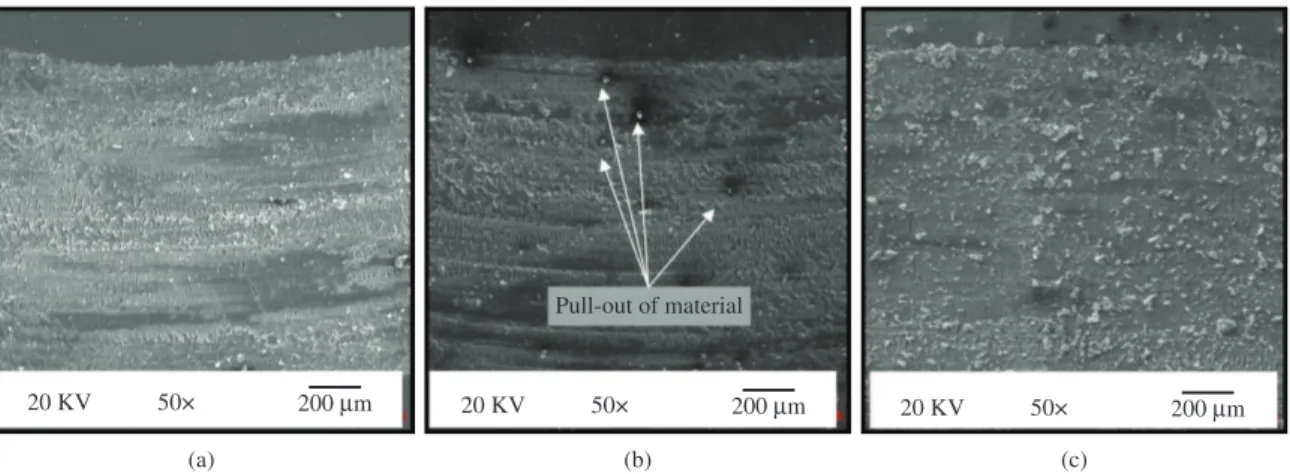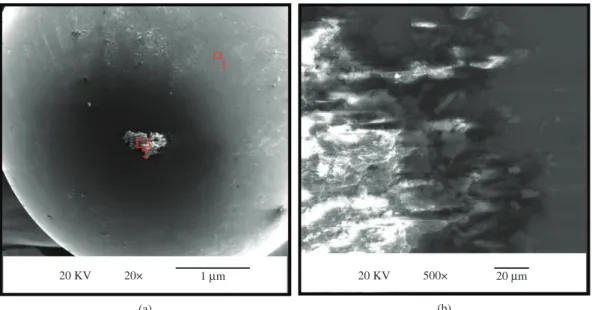Mat. Res. vol.16 número2
Texto
Imagem
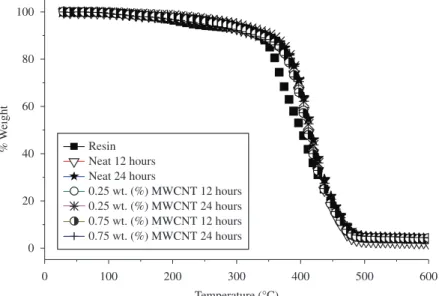
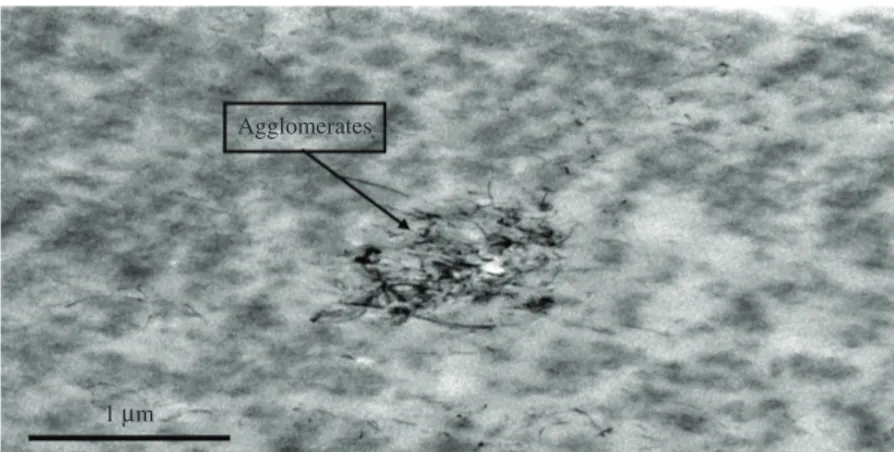
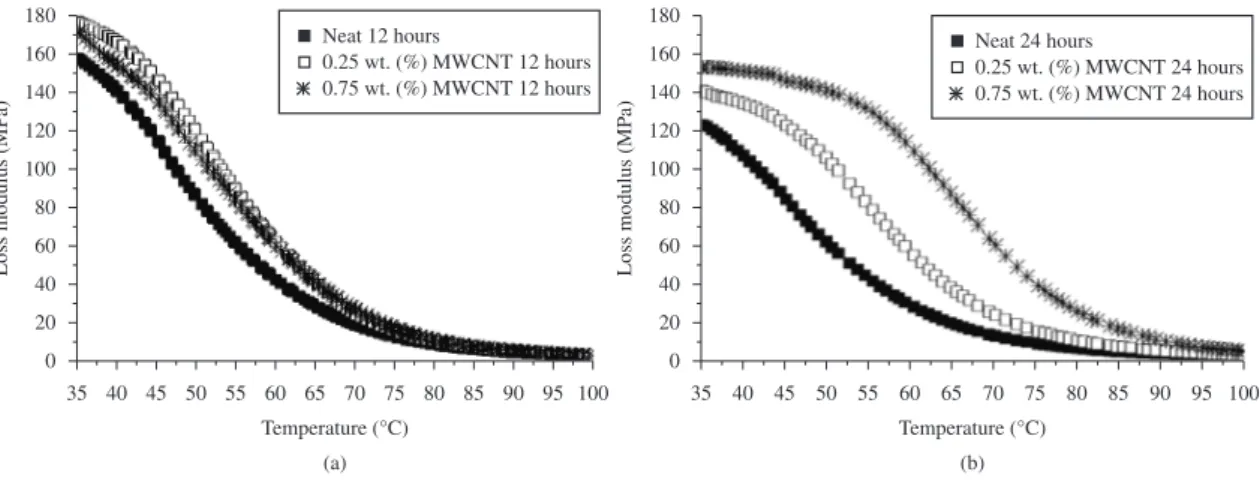

Documentos relacionados
Carbon nanotubes significantly improved the mechanical properties of the ZTA and alumina nanocomposites; the nanotubes increased the densification and inhibited grain growth
This study investigates the influence of the adhesive (epoxy resin) thickness and the dispersions of non-functionalized carbon based nanostructures (carbon nanotubes - CNT)
Microstructural analysis of the different test specimens characterized the contact surfaces between the aluminium sheets and the fiber/resin matrix. In most of the specimens,
Microstructural analysis of the different test specimens characterized the contact surfaces between the aluminium sheets and the fiber/resin matrix. In most of the specimens,
Thus, the objective of this work was to process nanostructured composite materials based on formulations containing different quantities of multiwalled carbon nanotubes in an
ABSTRACT: The focus of this study is to evaluate the effect of carboxyl and amino functionalization of multi- walled carbon nanotubes on the mechanical property of the epoxy
The epoxy resin modified with carboxyl-terminated polybutadiene presented improved impact resistance and outstanding mechanical performance in terms of flexural and tensile
Voltammetric Determination of Gabapentin by a Carbon Ceramic Electrode Modified with Multiwalled Carbon Nanotubes and Nickel-Catechol Complex.. Fahimeh Jalali, * Zahra Hassanvand
